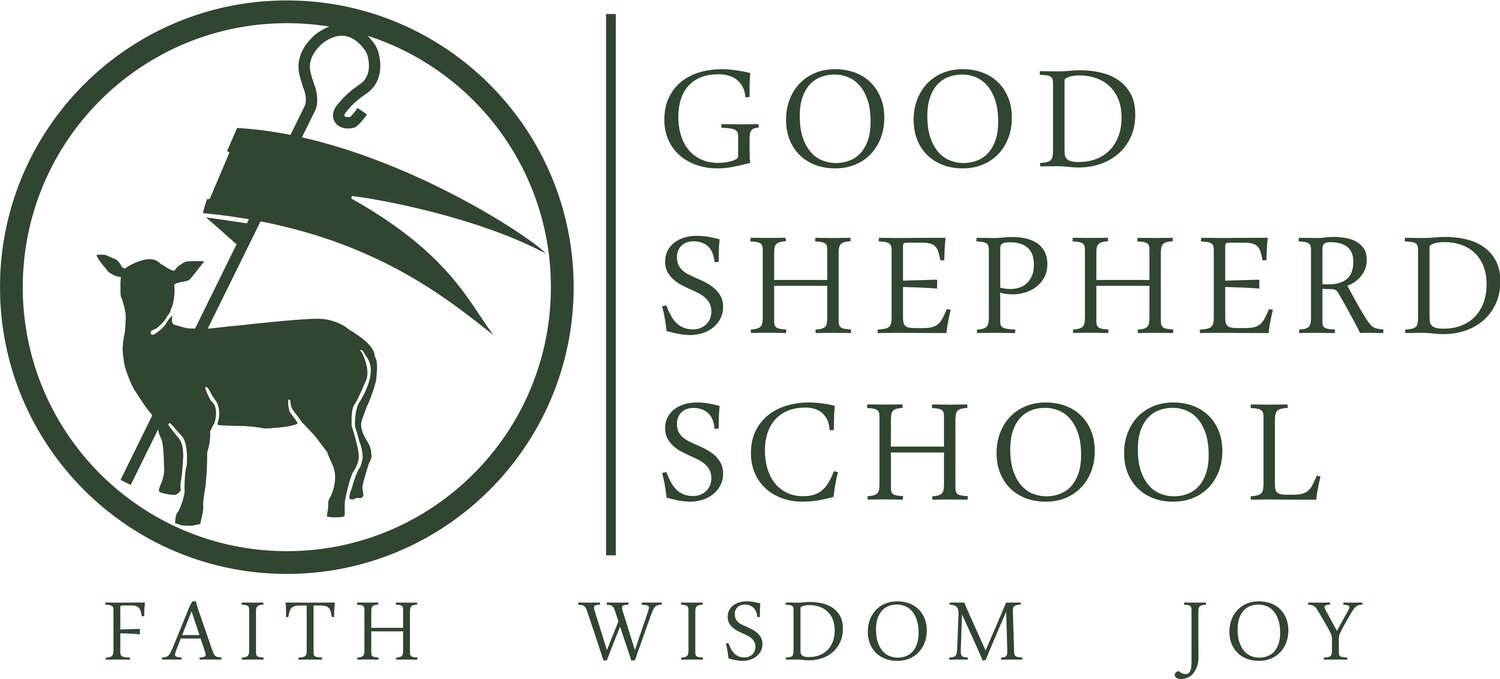First & Second Grades
Language Arts
Language Arts provides the grammar as children build a proper foundation for mastering language. Since there is no other study that does not use language in some way, it is imperative that we construct a firm foundation here. Therefore, reading is acquired by a systematic use of phonics; handwriting is reinforced by frequent copy work; grammatical components are named, studied, and practiced; spelling is learned by pattern and rule; and even the meaning of words is made systematically knowable by memorized Latin and Greek roots.
First Grade
The Aesop for Children’s Stories and D’Nealian copybook by Charlotte Mason
Natural Speller by Kathryn Stout
Primary Phonics by Educators Publishing Service
Pentime 1 by Pentime Publishers
Phonetic Awareness by Michael Heggerty
Second Grade
Primary Language Lessons, Part I by Emma Serl
Natural Speller by Kathryn Stout
Perfecting Printing / Introduction to Cursive
The Writing Road to Reading by Romalda Spalding with Walter Spalding
Pentime 2 by Pentime Publishers
English from the Roots Up
Phonetic Awareness by Michael Heggerty
Literature
Students alternate between independent reading, which fosters personal reading skill, and teacher read aloud sessions, where Socratic discussion is introduced. Stories serve to build a robust moral imagination in our students. From the thrift and economy of the Ingalls family (Little House) to the friendship of Rat and Mole (Wind in the Willows), literature both delights and instructs.
In First and Second Grades, Literature is divided into three separate classes: Group Reading, giving students a chance to practice their reading skills while delving into a particular worthy book; Independent Reading, where students choose a book to read silently and on their own; and Read Aloud, with the teacher reading to the entire class. Additionally, in the Second Grade, students cultivate the art of narration–of carefully retelling what they have heard–as well as thoughtful discussion.
Aesop’s Fables
The Little Mermaid & The Snow Queen by Hans Christian Anderson and other tales
Anno’s Journey (Series)
Popper’s Penguins by Richard and Florence Atwater
The Harp and Laurel Wreath by Laura Bequist (Poetry)
Dick Wittington and His Cats by Charles & Mary Lamb
Treasury for Children by James Herriot
Saint George and the Dragon (Margaret Hodges)
Jungle Book by Rudyard Kipling
Carl and Karin Larsson Series (A Home, A Farm, A Family)
Rabbit Hill by Robert Lawson
Wee Gillis by Munro Leaf
Sarah, Plain and Tall by Patricia MacLachlan
Homer Price by Robert McCloskey
Time of Wonder by Robert McCloskey
The Tale of Peter Rabbit by Beatrix Potter
The Tale of Squirrel Nutkin by Beatrix Potter
Chester Cricket’s Pigeon Ride by George Selden
A Child’s Garden of Verses by Robert Louis Stevenson (Poetry)
Stuart Little by E. B. White
Charlotte’s Web by E. B. White
The Happy Prince & The Selfish Giant by Oscar Wilde
Little House in the Big Woods by Laura Ingalls Wilder
Little House on the Prairie by Laura Ingalls Wilder
The Adventures of Robin Hood, Chaucer’s Canterbury Tales and King Arthur and Knights of the Round Table (Marcia Williams)
History
This course includes nature study, folk tales, fables, music, art, poetry, cuisine and history using gentle Socratic questions.
First and Second Grade history at Good Shepherd School is on a two-year cycle, studying the continents. Students follow a notebook approach focusing on cultures, geography and history.
Around the World with Picture Books, Parts I and II by Rea Berg
Catechesis
Students continue their participation in the Catechesis of the Good Shepherd at an off-site Atrium, where they enter the Level II Atrium. Elementary age catechesis centers around the image of Christ as the True Vine. Children are taught about their life in Christ and his Church as they discover the parts of the Mass in the Liturgy of the Word and the Eucharist.
In the classroom, Second Grade students prepare for the sacraments of Reconciliation and First Communion using the Saint Joseph’s booklet. Students also produce an illustrated catechism journal with Scripture references, memorize prayers, and learn about the proper reception of the sacraments. In First Grade, students create an illustrated journal focusing on the lives of the Saints.
Science & Nature Study
Drawing from the world of science all around us, teachers lead students in a guided study of nature. In First and Second Grades, children take weekly nature hikes and keep detailed journals, with specimens drawn and labelled. Particular focus is given to cross-disciplinary topics, based on literature being read at that time.
Math
Our study of mathematics aims to give students mastery of concepts and skills. Rather than using a spiral system, we focus on single topics in-depth in order to truly understand them before rushing on. We gladly use repetition and practice in order to aid understanding, but not as an end in itself. As in all studies, the grammar of mathematics – addition and subtraction, multiplication tables, number sense – must be firmly established before more complex topics are broached.
We use the Math Mammoth curriculum, as it best aligns with our goals. In First Grade, students develop this grammar of mathematics by practicing skills such as counting, addition, subtraction, and measuring; and by gaining a solid understanding of place value number sense. In Second Grade, students gain an understanding of the base-ten system up to 1,000 and practice their skills of addition, subtraction, and regrouping within 100.
Fine Arts
Art: Great artists are explored individually, as students are given time to absorb the styles of the master they are studying. Students also practice drawing and sketching, both illustrating the stories they have studied and reproducing the great artists they have encountered.
Music: All students participate in the music program, as they learn musical notation and scales, and practice their voices on classical, folk and liturgical songs.
